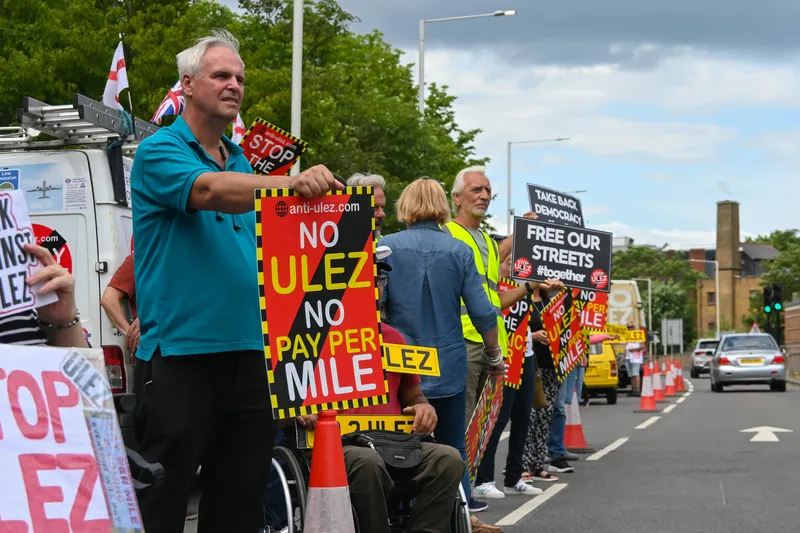Transport for London (TfL) has awarded Siemens a contract to replace existing speed cameras on selected routes in the capital with new digital average speed enforcement systems.
The contract, part of TfL’s London Safety Camera Replacement Project, includes the deployment of more than 100 automatic number plate recognition (ANPR) cameras over the next 24 months, covering four main routes across London, which Siemens says represents the largest roll-out of its SafeZone average speed enforcement solution in
September 30, 2014
Read time: 2 mins
The contract, part of TfL’s London Safety Camera Replacement Project, includes the deployment of more than 100 automatic number plate recognition (ANPR) cameras over the next 24 months, covering four main routes across London, which Siemens says represents the largest roll-out of its SafeZone average speed enforcement solution in an urban area anywhere in the UK. Siemens will also provide ongoing service and maintenance.
SafeZone is Home Office type approved and optimised for urban speed enforcement. It identifies the vehicle registration number and make, model and colour of vehicles in all light and weather conditions from all lanes on a carriageway and calculating average speed over a measured distance within the speed enforcement zone.
Ben Plowden, director of Strategy and Planning at TfL, said: “We are committed to delivering a 40 per cent reduction in the number of people killed or seriously injured on the capital's roads by 2020. We've worked closely with the London boroughs and police on implementing this important upgrade and, by ensuring that our safety cameras have the latest digital technology, we can help further reduce the number of unnecessary speed-related collisions that occur each year.”
Tom MacMorran, director of Sales and Marketing at Siemens, Traffic Solutions, said: “This is a major breakthrough for SafeZone in the UK and the use of average speed enforcement in an urban environment. Its ease of deployment also makes it a particularly cost effective solution for TfL.”









